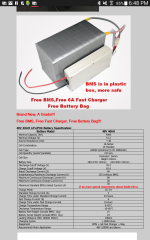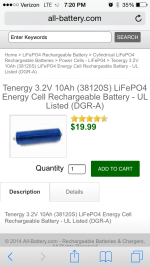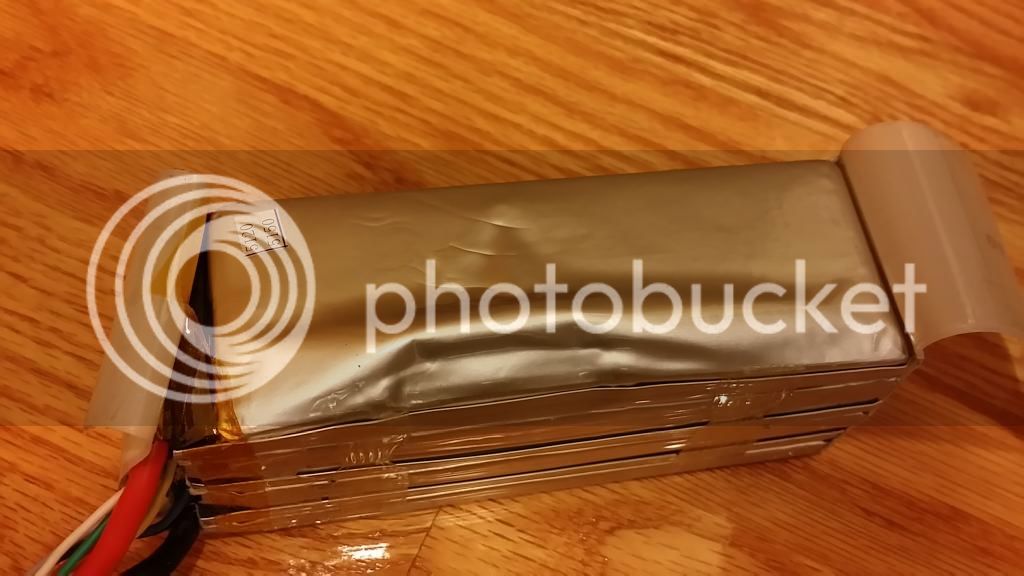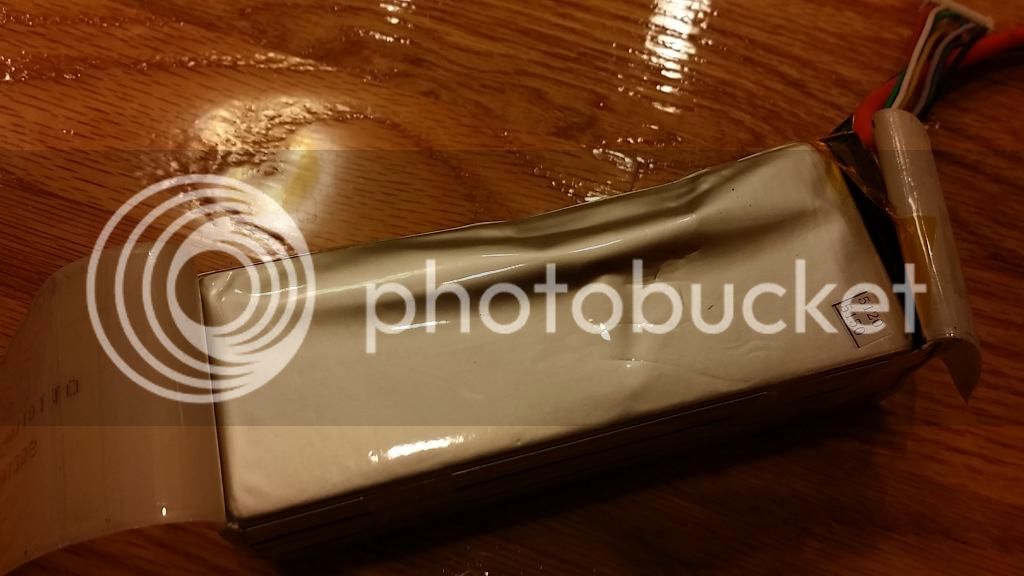I own a 48v 40ah lifepo4 and I was wondering if I can connect in series a 3.2v 10ah (38120s) to my pack. and also can i connect 4 of them together to have a 12.8v 10ah pack and connect it in series to my 48v 40ah pack or do i need to make sure that i make the 12.8v pack has 40ah.
thank you
thank you







